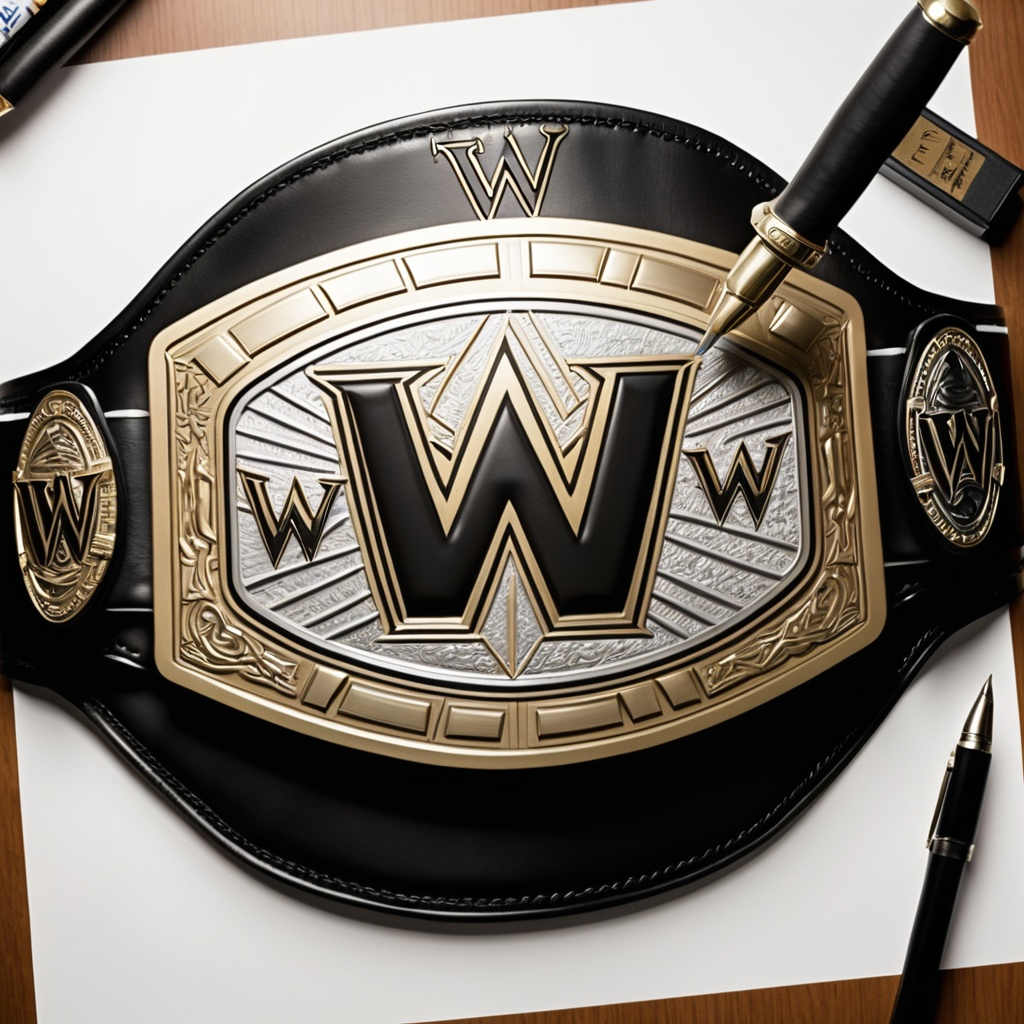The Power of Storytelling in Wrestling
Storytelling is an essential component of professional wrestling, transforming matches from mere athletic contests into intricate narratives that resonate with audiences. Each wrestling encounter conveys a story—of triumph, failure, rivalry, or redemption—shaping viewer perceptions and emotional responses. In this unique form of entertainment, the characters do more than execute moves; they evoke empathy, incite passion, and ignite fervent discussions among fans.
At the core of compelling wrestling narratives are pivotal elements such as character development, conflict, and resolution. Characters, often larger-than-life personas, undergo transformations that reflect their journeys. The valiant hero striving against adversity captivates viewers, while the notorious villain elicits disdain or even fascination. Consider iconic rivalries like that of Stone Cold Steve Austin and Vince McMahon, which illustrated the battle between rebellion and authority, thrilling audiences with both tension and resolution over time.
The conflicts in wrestling are not merely physical confrontations; they embody struggles that spectators can relate to at an emotional level. These narratives often escalate through clever creative storytelling, wherein wrestlers build rivalries through promos, confrontations, and backstage segments. Promotions like WWE and AEW have masterfully crafted storylines that interlace personal histories and dramatic incidents, ensuring engagement that extends well beyond the ring. For example, the ‘Festival of Friendship’ segment showcased the heartbreaking betrayal of Chris Jericho by Kevin Owens, leaving fans stunned and emotionally invested.
Fans themselves often serve as active participants in this storytelling process, sharing experiences and interpretations that enhance the communal viewing landscape. Long-time enthusiasts of the sport carry personal stories about how particular wrestlers or story arcs have impacted their lives, solidifying wrestling as a medium that thrives on emotional connections. By immersing audiences in narratives that evoke a range of emotions, professional wrestling continues to stand out as an art form that transcends conventional sports entertainment.
Wrestling Lore Through the Eyes of an Old Fan
The evolution of wrestling storytelling is a fascinating journey that captivates fans of all ages. As an old fan reflecting on the history of this beloved sport, one cannot help but reminisce about the eras that defined the narrative landscape of wrestling. From the golden age characterized by larger-than-life characters to the more nuanced storytelling of today, each period has uniquely shaped the art of wrestling lore.
In the 1980s and 1990s, wrestling exploded onto television screens, introducing iconic figures such as Hulk Hogan and Ric Flair. The storytelling during this time emphasized good versus evil, showcasing heroic feats and villainous antics that fueled passionate fan engagement. The fabric of wrestling was woven with larger-than-life personas and outrageous storylines. For instance, the notorious feud between Hulk Hogan and Andre the Giant accentuated this narrative style, culminating in the monumental match at WrestleMania III, which became a historical milestone in wrestling.
As the years progressed, wrestling storytelling began to mature, incorporating more complex character arcs and realistic scenarios. During the Attitude Era, storyline themes shifted toward anti-heroes and moral ambiguity, epitomized by wrestlers like Stone Cold Steve Austin and The Rock. This transformation invited fans into a more intricate tapestry, allowing for shared experiences and discussions that strengthened the community aspect of fandom. Remembering the electrifying moments of the Monday Night Wars, one can appreciate how fans rallied around their favorite promotions, creating bonds through their collective passion for wrestling.
The beloved wrestlers and their iconic feuds continue to resonate within the wrestling community. It is through these shared stories that we, as fans, carry forward the legacy of wrestling lore. These experiences remind us that the art of storytelling in wrestling is not merely entertainment but a profound expression of our shared humanity, reflecting the hopes, struggles, and passions that unite us. In essence, the journey through the ring transcends generations, weaving together an ever-growing narrative that honors those who have come before us while inspiring future storytelling in the squared circle.
